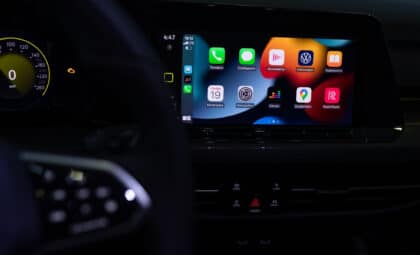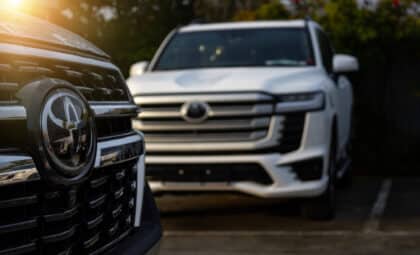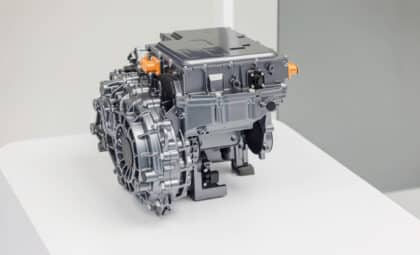You’ve finally decided to lease your next vehicle — great! But should you go with an open-end lease or a closed-end one? Discover the differences between these two lease types so you’ll make an informed decision on which lease you choose.
Terrific Trade-Ins: Estimate your trade-in vehicle’s value here
Photo: Pixabay
Open-end lease
With an open-end lease, you’re responsible for paying the difference between the car’s residual value and its actual value when you turn in the car at the lease’s end. The main draw of this type of lease for the lessee is that you have flexible mileage limits. That’s why this lease type is most commonly associated with fleet vehicles since business vehicles tend to accumulate more miles during the lease term.
Close-end lease
Close-end leases are more commonly seen if you’re leasing a personal vehicle. With this type of lease, you’ll have to adhere to set terms. You’ll also be responsible for sticking within certain mileage limits and keeping the vehicle in peak condition. When the time comes to turn in the vehicle, you’ll need to pay for any mileage that exceeds the set limits or for any excessive wear and tear on it. The good part is that you won’t need to cover the costs of any additional depreciation below the residual value.
Concluding thoughts
It’s worth noting that you might not have a choice between open-end and close-end lease terms. The easiest way to know which type of lease term a dealership is offering is by inspecting the lease documents thoroughly before signing them. You can also call the leasing company and ask them to verify the kind of lease you’re considering committing to.
Finance-Savvy: Estimate your credit score to jumpstart your next auto purchase










